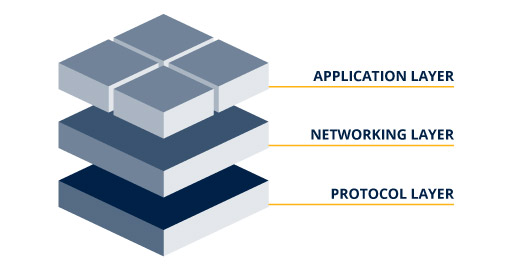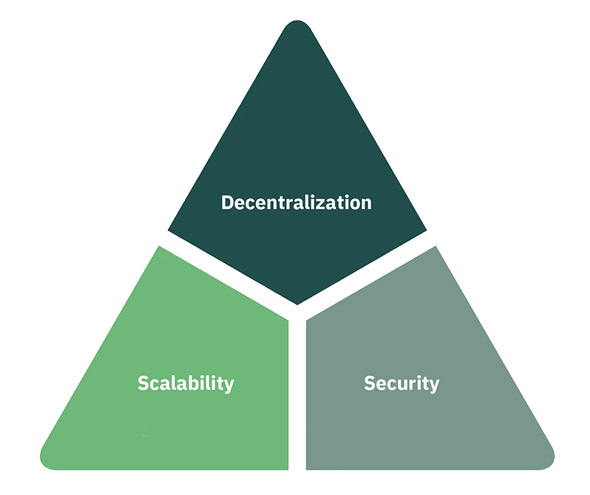Introduction
After the revealed solutions to increase scalability in the blockchain industry, the next level is to find a solution to solve another problem called interoperability, which perfectly focuses on terminating this problem. Leaving aside the relative success of Layer 2 projects and increasing the scalability of blockchain networks, several projects have gone one step further and are looking to develop Layer 3 solutions.
Among experts, layer 3 refers to the application layer, which is a layer that hosts DApps and the protocols that enable the apps. Some blockchains like Ethereum or Solana have a thriving variety of layer-3 apps, and Bitcoin blockchain is not optimized to host such applications.
What is Layer 3 in Blockchain?
L3 protocols have great potential to drastically change the way blockchain works in the digital asset industry, and we firmly believe these protocols will achieve targeted goals. According to the idea of some market activists, Layer 3 is related to decentralized applications, but we mean Layer 3 is infrastructural and related to interoperability.

Some of the developers of Layer 2 solutions state that they plan to solve the interoperability problem in the future. However, they still need to improve their projects by focusing on a specific blockchain. Some experts believe this problem belongs to another level, and it is better to solve it separately by getting help from specialized techniques. Therefore, the third layer is where the interoperability solutions between different blockchains exist.
What is the Blockchain Trilemma?
Anyone involved with cryptocurrencies and the crypto market should have heard about blockchain’s triple dilemma. Based on the nature of distributed ledger technology, existing blockchain networks will achieve two of the three features of decentralization: security and scalability.

To achieve the two factors mentioned earlier, many projects have sacrificed one to excel in the other two. Traditional blockchains such as Bitcoin and Ethereum have acceptable security based on actual decentralization characteristics, which rely on network participants to run full nodes to validate each transaction, leading to limited scalability and throughput. But the good point is that the triple dilemma only becomes a problem when projects want to have all three features in the first layer (the main chain or L1).
While Bitcoin can only achieve high scalability by compromising some of its security or decentralization in L1, which can increase its throughput by implementing an L2 solution such as the Lightning Network, which lets users experience almost instant and reasonable transactions.
More importantly, the layers built on a blockchain generally rely on the main chain for finalizing transactions. Therefore, while they provide ecosystem benefits (high scalability in the case of L2), layer two and layer three services still provide the same (or close to) security and decentralization of L1 transactions.
As a result, multi-layered structure blockchains offer an efficient solution to the blockchain trinity that allows DLT-based networks to become scalable, decentralized, and secure, which achieves without sacrificing any of the three critical properties.
Conclusion
L3 is a solution to dissolve the triple dilemma: security, scalability, and interoperability. Some experts believe this problem belongs to another level, and it is better to solve it separately by getting help from specialized techniques.
Therefore, the third layer is where the interoperability solutions between different blockchains exist. Due to the spirit of the existing blockchain networks, many projects have sacrificed one to excel in the other two.
However, Bitcoin and Ethereum have acceptable security based on actual decentralization characteristics, which rely on network participants to run full nodes to validate each transaction, leading to limited scalability and throughput.
But the good point is that the triple dilemma only becomes a problem when projects want to have all three features in the first layer, which is the L1. L3 protocols have great potential to drastically change the way blockchain works in the digital asset industry, and we firmly believe these protocols will achieve targeted goals.
